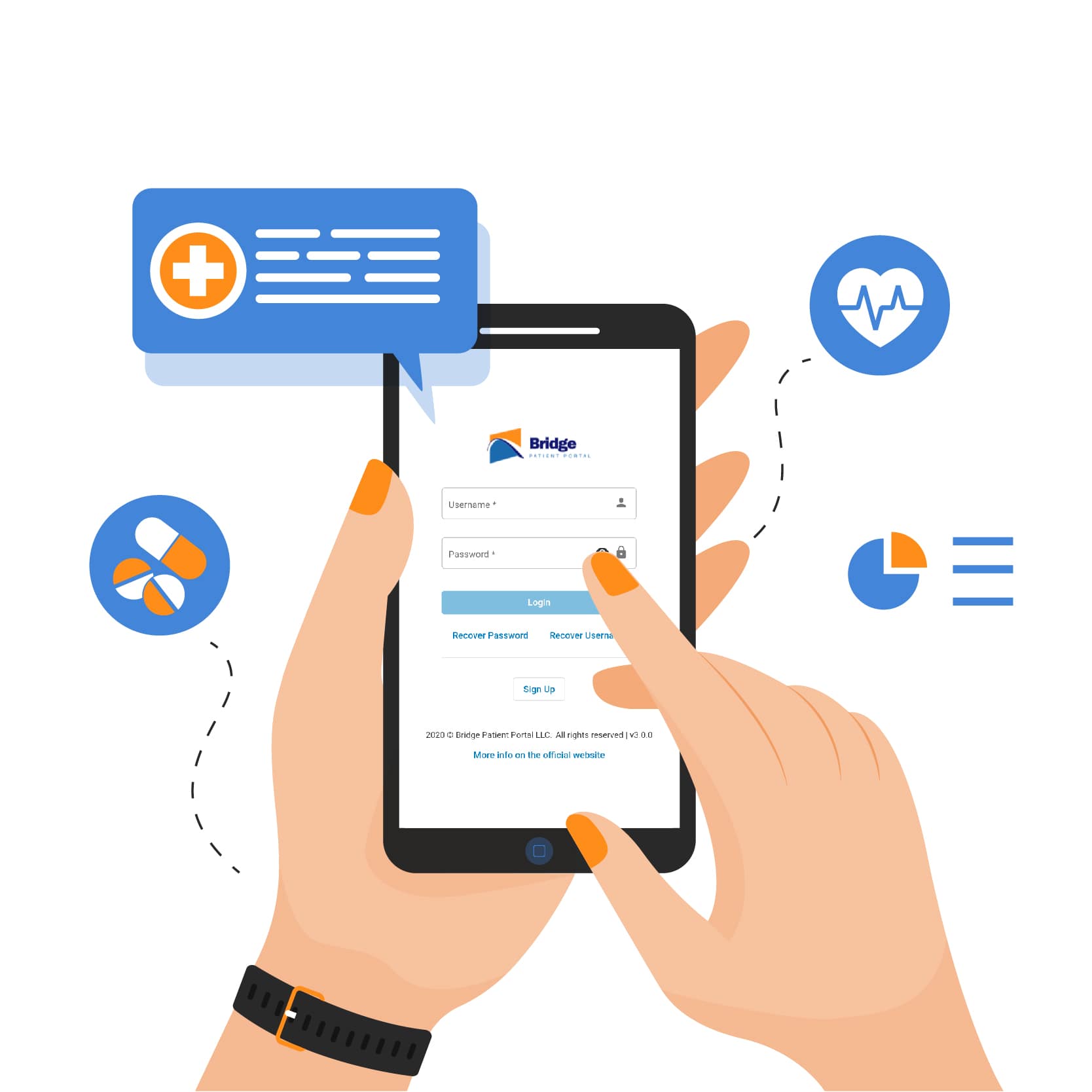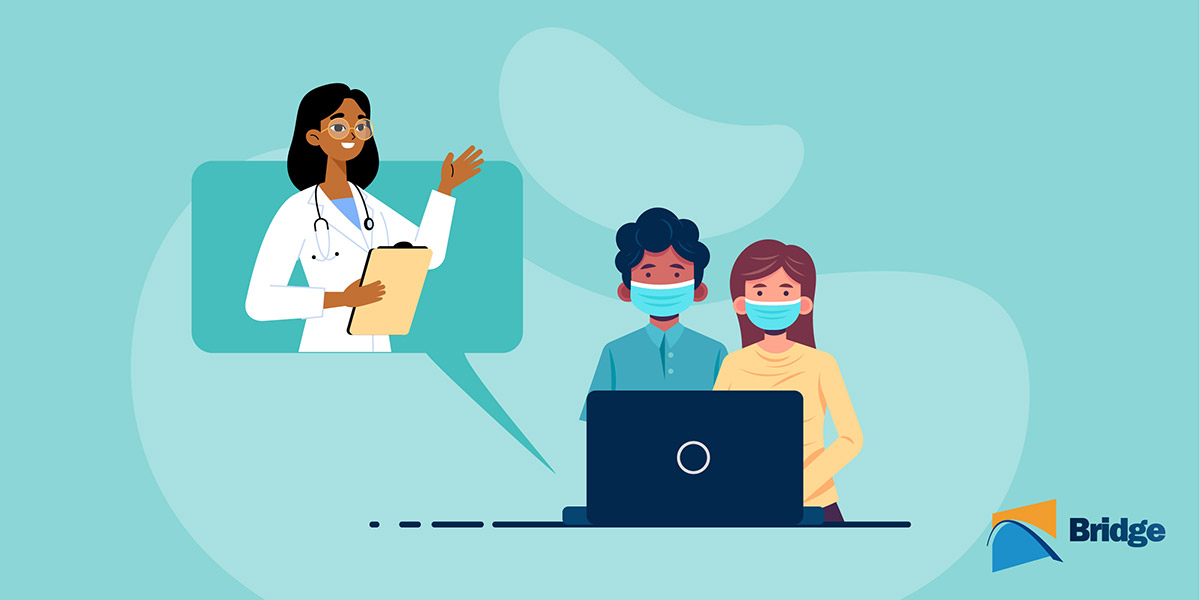Research Finds Significant Patient Portal Benefits For Remote Patient Monitoring
- The Bridge Team
- July 13, 2020

It has been found that there are multiple patient portal benefits including improved health outcomes for patients who engage with healthcare providers through an online patient portal. Researchers at The University of Texas partnered with UT Southwestern Medical Center in Dallas to study the patient portal logs for 3,266 patients with congestive heart failure over 12 years.
Patient portal benefits
Multiple benefits of patient portals for patients were discovered throughout the study. Patient health outcomes were improved in several ways after the continued use of a patient portal app. Patients who effectively used a portal were 2-4% less likely to be hospitalized. Those who engaged with the portal were 3.2% less likely to visit the emergency room. The average length of stay after being hospitalized decreased by 11%. Readmission rates were about 2% lower among users of patient portals compared to those who did not make use of a patient portal.
During the study, researchers noted which portal features were most frequently used by the patients. Below we summarize how certain patient portal features result in reduced inpatient visits, 30-day readmission rate, ER visits, and the average length of stay.

Lab results and medical history
Lab results can be automatically uploaded to the patient portal from the EHR or lab. A patient can be notified by an alert when their test results are available. Access to patient portal lab results and medical history improves the accuracy of patient health information as providers can update the info as soon as anything changes. Access to these features allows for ease of access for providers to patient medication history, lab results, and health summary. These features provide accurate and comprehensive information for both patients and providers. This leads to many benefits of patient portals in healthcare as providers can gain valuable insight into the patient’s overall health. Providers are able to determine the level of adherence to a medical regimen and care plans in order to work with the patient to make improvements.
Secure messaging
A secure HIPAA-compliant messaging platform allows patients to communicate with health providers and vice versa. Patients get a notification when a new message is waiting for them. Providers can respond to incoming messages through the patient portal, or directly from their EHR using an interface. Secure messaging improves communication between patients and providers. This increase in communication improves care coordination and allows for shared decision making. Patients are able to provide their healthcare providers with updates regarding their health, which allows both parties to monitor disease progression.
Prescription refill request and appointment scheduling
Patient self-scheduling software allows patients to book appointments at their own convenience. Self-scheduling allows patients to select their doctor and preferred visit time from a list of available appointment slots. Appointment scheduling improves visit adherence and reduces no-show rates. Prescription refill requests allow the patient to order a refill of their medication through the patient portal. This feature within a patient portal benefits adherence to a medication regimen. Both features increase patient satisfaction and self-efficacy.
Healthcare organizations should consider increasing patient engagement through access to the patient portal in order to increase patient outcomes by decreasing inpatient visits, readmission rate, ER visits, and the average length of stay.
